About sharks and humans
Jaume Terradas talks about the fight between humans and Evil, represented by the figures of the white whale, in Moby Dick, and the white shark in Jaws. However, it's possible that humans should think about if we are our own evil.
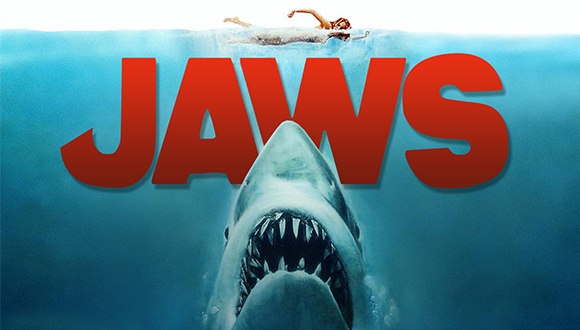
Spielberg got a great success with his mechanic white shark terrorizing the tourists at Amity (an imaginary village, the film was shot mostly in Martha's Vineyard) and devouring teenagers with endless hunger. The protagonists of the beast’s hunt are Sheriff Martin Brody (Roy Scheider), a sharks hunter, Quint (Robert Shaw), that has a small boat called, not coincidentally, Orca, and a marine biologist (Richard Dreyfuss). The film was based on a novel by Peter Benchley and is now considered a classic. The problems of both symmetrical monsters (to hide the mechanisms on one side or the other) were the cause that the shark is not seen in many sequences and this helps to create a psychological tension in Hitchcock’s style.
The white shark (Carcharodon carcharias) is certainly a formidable predator, but it is, in turn, a prey for the orcas. We know that there is a small population of orcas that has developed a culture for hunting white sharks. It consists of a strong head push to the side of the shark, to turn it. When sharks are floating belly up they remain in a state of unconsciousness for a short time, helpless, and they can be easily eaten by these orcas. White sharks measure up to about 6 m long (there are observations that have given sizes of 10 to 11 m, but they are unreliable) and weigh up to almost 2 t (most are smaller). Although usually they are not human hunters, they are certainly the fishes responsible for more fatal attacks on our species. However, in the Mediterranean the number of attacks has been less than 40 in a century and only a half of them have been fatal. It is believed that these attacks are actually bite-tests to see what this thing is: there have been attacks against surfboards or kayaks.
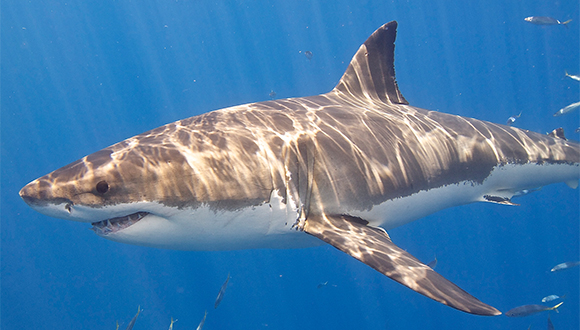
With these death rates, white sharks are less dangerous than bees. The idea of monstrous sharks has a scientific basis: the fossil shark Carcharocles megalodon (or Carcharodon, the genus is under debate) could achieve, apparently, 18 m long, weight about 60 t, and had teeth up to 18 cm. He lived from 20 million years until 2.6 million years ago. The Cosmociència museum of Barcelona has jaws of both species, the fossil one and the current, and it is easy to compare them: the megalodont mouth has a diameter that would permitted Robert Shawn, Quint, to pass in a second, and not by steps as he does in the film.
Quint is a character obviously inspired by Ahab, the mad obsessive pursuer of Moby Dick, the same way that the white shark is a new version of the immortal Melville’s white whale: two white representations of absolute Evil. As Achab, Quint dies, dragged by his enemy. Moby Dick is not, however, the only literary precedent of Spielberg's Jaws. It is the precedent of the fight (with certainly more metaphysical entity in the Melville’s work) between Quint and the shark.
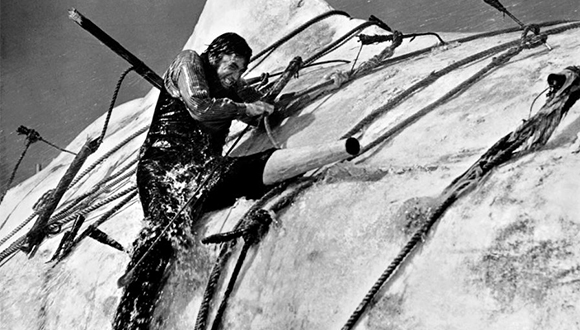
But much of the film's story resembles that of An enemy of the people, the drama of Ibsen (1883, but that seems very like as written today) in which a doctor, Thomas Stockmann, wants to close a spa by the danger of pollution of its waters by a dangerous bacteria, a fact that will made him to confront his brother, who is the major, the media and most people. Sheriff Martin Brody is in the same case: after the first shark attacks, he wants to close the beaches and frontally clashes with politicians, hoteliers and locals living from tourism.
The true white shark exists in the Mediterranean. It has a breeding area between Malta, Tunisia and the Sicily Channel, and was, years ago, abundant in the Adriatic. Also he was often fished, especially during 1960-70, in Balearic waters. The intensive fishing of tuna and the dolphins mortality caused by large driftnets would have led to a strong reduction of the great whites. There are evidences of isolated attacks in Italy, an individual of more than 4 m entered a tuna growing cage at Cartagena, an individual was caught in Tossa de Mar 1992...
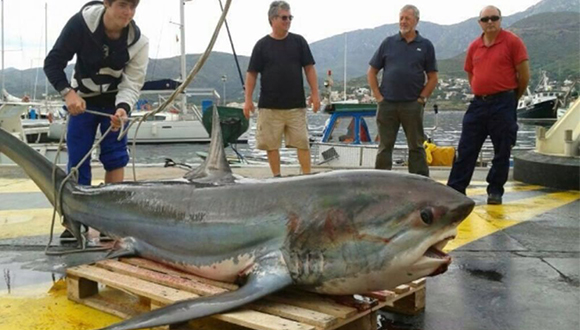
The great white shark is, in the Mediterranean and in the world, a species at risk of extinction due to the market value of their fins, teeth and entire jaws. The CICA, the international organism that regulates tuna fishing, has been unable for years to reduce fishing quotas at sustainable levels, but it is said that recently the situation has improved and news came out, not well confirmed, on the reappearance of the big white in the Balearic waters.
There are some testimonies against refugees’ traffickers that have thrown people to sharks following the overcrowded boats and there have been speculations about whether the wrecks could have fed shark populations, but recovered bodies have no wounds made by sharks. Spielberg shark and the white whale are powerful metaphors of ghost-white Evil. But do not make a mistake, evil is not a shark or the bacteria of the Ibsen's work, as he makes clear. The problem are us, humans: we are bad for ourselves at first, and we are also bad for sharks and whales, whatever their color. The real sharks killed fewer people worldwide since the original film was released that deaths occur in it and its various sequels (there are three of them, excluding the imitations).
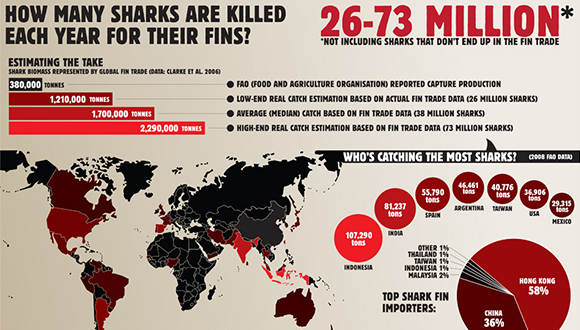
At the start of one of those sequels, Roy Scheider's character, a very normal guy, unlike Quint, has died of heart attack. Scheider played the role of choreographer Joe Gideon, who also died of heart attack at the end of the musical All That Jazz (1979), by Bob Fosse. And Fosse, who also directed Cabaret, died himself of heart attack during a tour. In one memorable sequence, Gideon is dying and imagine himself to raise from the bed and dance a last show: music is the Everly Brothers Bye bye love, a 1958 song that was part of my meager 45 rpm discography when I was a young student: Bye bye love , bye bye happiness hello loneliness… I think that I'am gonna cry.
We destroy much biodiversity. We are depleting the Earth. Maybe if sharks and whales could talk they would say: "Do’nt cry for us, because you do not survive us too much."
Hello, loneliness. If we cannot change our behavior, then better we must cry for ourselves.







